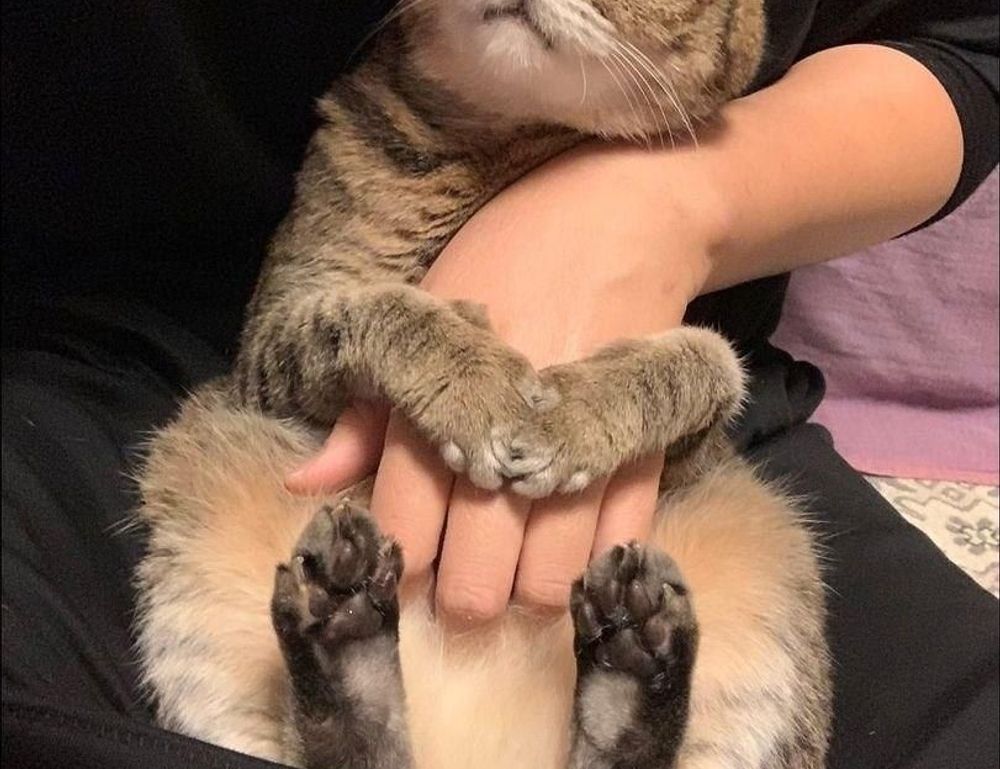What Are gayxtypes?
The phrase gayxtypes is an internetborn blend of identity language and personality frameworks. Imagine if sexual orientation met MyersBriggs or astrology, and then poured itself into memes, TikTok videos, or dating bios. That’s where gayxtypes come in—a fastevolving way for queer individuals, especially gay men, to describe not just who they’re attracted to, but how they move through the world.
Some popular gayxtypes include “The Gym Gay,” “The Indie Softboy,” “Corporate Closet,” or “Himbo Supreme.” Each comes packed with stereotypes, fashion cues, music tastes, and emotional expressions. It starts as comedy, sure, but often veers into earnest selfidentification. In a noisy digital space, gayxtypes cut through, offering instant relatability and shared understanding.
Why They Matter
Labels don’t define you. But they often help describe you—especially when you’re trying to find community. gayxtypes aren’t about gatekeeping or reducing people to archetypes. They’re about communication. Whether you see yourself as a “Plant Dad Soft Masc” or a “Neon Raver Twink,” identifying with a gayxtype signals vibes, values, and aesthetics instantly.
These shorthand identities serve functions in dating, friendships, and online spaces. They let you say, “Here’s what I’m about,” without a 20minute conversation. Especially for those still figuring out their place in queer subculture, gayxtypes serve as lowstakes entry points to that journey.
The Internet’s Role in Gay Identity
Digital spaces have long shaped how LGBTQ+ individuals define themselves. From Tumblr blogs to Discord servers, queer identity adapts to each platform’s rules and features. gayxtypes evolved out of that landscape—part meme, part movement. TikTok in particular turbocharged their popularity, often pairing gayxtypes with music clips, fashion hauls, or comedic monologues.
The result? Thousands of variations that feel exaggerated but still oddly accurate. gayxtypes became Gen Z’s way of making identity legible and shareable. It’s fragmented, yes. But it’s also flexible, which makes it especially resonant in a time when fluidity is often the goal.
Are gayxtypes Just Stereotypes?
Stereotypes can be limiting—but frameworks can be freeing. The difference is in how you use them. gayxtypes walk a fine line. At their best, they’re witty, empowering, and help people make sense of messy, overlapping identities. At their worst, they flatten individuality into memes.
But for most, gayxtypes are a tool. Think of them like templates you can remix. You’re not boxed in—you’re sketching out new versions of yourself. These types aren’t meant to last forever. They change as you change. You grow out of one and into another. And that’s the point.
Navigating Compatibility
In dating and friendships, knowing your own gayxtype—and someone else’s—offers a kind of cheat code. Not for accurate matches necessarily, but for expectations. A “Crunchy Art Hoe Gay” might not mesh with a “Finance Bro Gay,” and everyone kinda knows that. But the labels give everyone a way to communicate attraction, lifestyle, and even dealbreakers without awkward oversharing.
Apps don’t (yet) include gayxtypes as filters, but it’s probably just a matter of time. The demand is clearly there. Queer communities online already code bios with this language, even if unofficially. And just like with horoscopes or MBTI, people love to compare, joke, and flirt using shared gayxtype references.
Evolving with the Culture
What’s most interesting is how fast the language of gayxtypes evolves. What was “in” a year ago feels outdated today. You’ll see someone shift from posting “Yassified Witch Gay” vibes in 2022 to “Minimalist Corporate Masc” in 2024. Nothing is static, and that’s a strength. These are living identities, shaped by pop culture, fashion, music, and shifts in mainstream queer dialogue.
This speed can be intimidating. If you don’t know your gayxtype—or feel like you’re between types—it might make you feel like you don’t belong. But that’s a misunderstanding. You don’t need a perfect label, just a starting point. And with so many options—and new ones being invented every day—it’s less about finding a fixed identity, more about experimenting with style, labels, and community.
Final Thoughts
gayxtypes matter because they meet people where they are. They don’t pretend to be perfect or permanent. Instead, they offer a model for selfknowledge that’s quick, public, and often funny. They reflect identity as dynamic, not dictated.
So whether you’re a “Nerdy Gamer Femme” or a “Grindr Bro Jock,” or something wildly outside that range—it’s all fair game. gayxtypes are a helpful, evolving language for self and community connection in a fastmoving digital world. Try one on, remix it, or make a new one. Just don’t overthink it.







